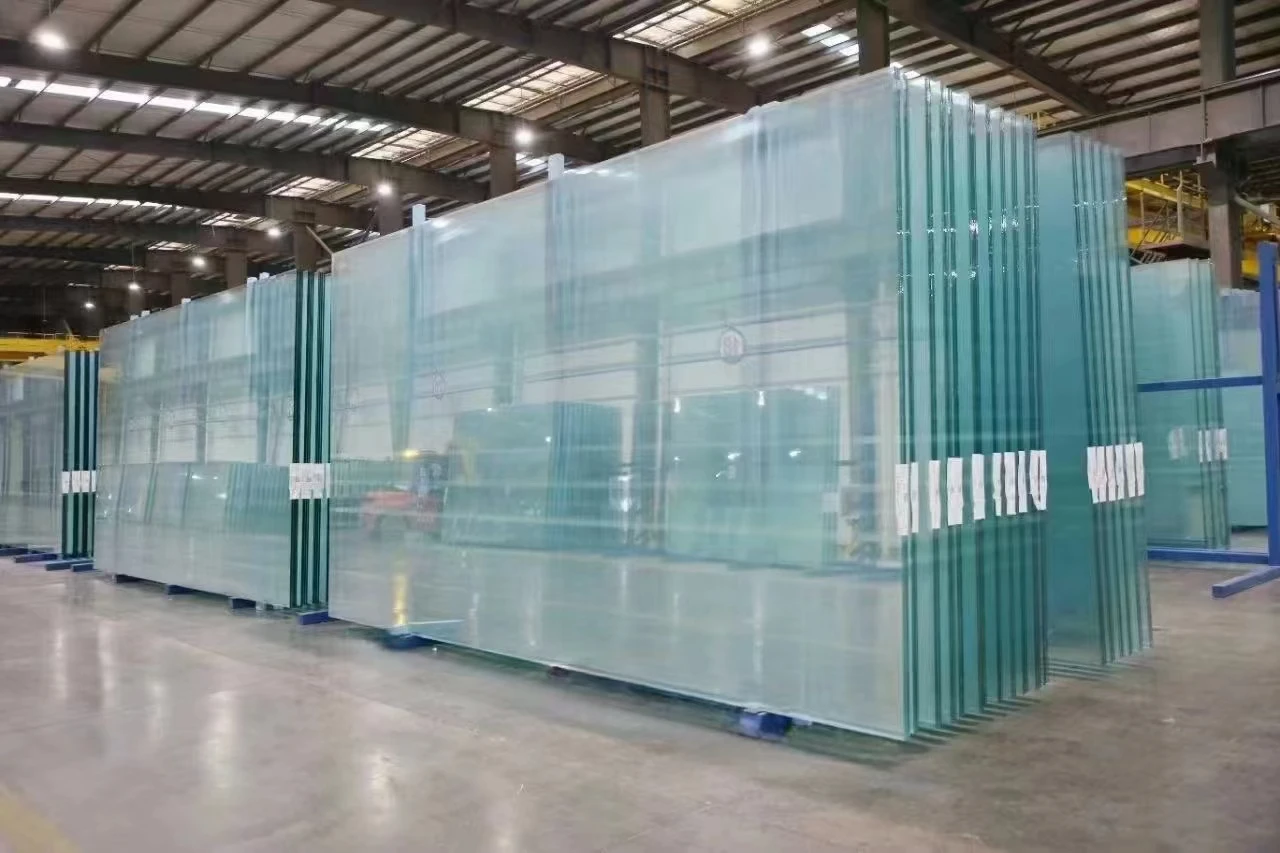Understanding Float Glass Price Lists
Float glass, a type of flat glass that is produced by floating molten glass on top of molten tin, has become a fundamental material in the construction and automotive industries. Its properties, including clarity, strength, and versatility, make it a popular choice for windows, facades, and various architectural elements. However, understanding the pricing of float glass can be quite complex, varying significantly based on several factors.
Factors Influencing Float Glass Prices
1. Raw Material Costs The primary components of float glass include silica sand, soda ash, and limestone. Fluctuations in the prices of these raw materials directly impact the final price of float glass. For instance, increased demand for silica sand or disruption in its supply can lead to higher prices, which manufacturers often pass on to consumers.
2. Production Costs The production process of float glass is energy-intensive and requires significant investments in technology and equipment. Rising energy costs, particularly for electricity and natural gas, can substantially increase manufacturing costs. Efficient production techniques and economies of scale can help mitigate some of these expenses, but any increase in operational costs is likely to be reflected in the price.
3. Thickness and Size Float glass is available in various thicknesses and sizes, which affect its price. Thicker panes or larger sheets typically require more raw materials and greater handling, impacting overall cost. Custom sizes and specialty items—such as tempered or laminated glass—also tend to be priced higher due to the additional processing involved.
4. Market Conditions The glass market is heavily influenced by supply and demand dynamics. In construction booms, the demand for float glass can surge, leading to higher prices. Alternatively, during economic downturns, demand may decrease, causing prices to drop. Global events, such as trade tariffs or the impact of a pandemic, can also disrupt supply chains, affecting pricing.
5. Regional Variations Geographic location plays a significant role in float glass pricing. Transportation costs can vary considerably based on distance from manufacturing plants to distribution points. Areas with higher shipping costs or limited suppliers may see inflated prices. Additionally, regional regulations and tariffs can further complicate pricing dynamics.
6. Brand and Quality Not all float glass is created equal. Different manufacturers may provide varying levels of quality, which can influence pricing. Premium brands with a reputation for superior performance or aesthetic appeal typically charge higher prices. Additionally, certifications and environmental standards can impact the cost, with eco-friendly glass often carrying a premium.
float glass price list
Reading Float Glass Price Lists
Price lists for float glass are essential tools for architects, builders, and manufacturers. They typically outline the cost per square meter or square foot, alongside specifications regarding thickness, finish, and additional treatments. Understanding how to read these price lists is crucial for making informed purchasing decisions.
1. Price per Unit The most common metric on a price list is the price per unit area. This allows customers to compare different products easily. Be sure to note the units—whether they are measured in square meters or feet, as this can affect your calculations.
2. Specifications Price lists should include detailed specifications, such as thickness, quality ratings, and any coatings or treatments applied. These details will help you understand the differences in pricing among various products.
3. Volume Discounts Many suppliers offer discounts for bulk purchases. It’s important to inquire about these options, as they can significantly reduce costs for large projects.
4. Lead Times Price lists may also provide information regarding lead times for delivery. Understanding the timeline is crucial for project planning, especially in the construction industry where delays can be costly.
Conclusion
Navigating the world of float glass pricing requires an understanding of several influencing factors—from raw material costs to regional market conditions and product specifications. By carefully analyzing price lists and considering these elements, industry professionals can make informed decisions that align with their project needs and budget constraints. As the demand for float glass continues to rise, keeping an eye on market trends and pricing strategies will be essential for those involved in construction and manufacturing.
 Afrikaans
Afrikaans  Albanian
Albanian  Amharic
Amharic  Arabic
Arabic  Armenian
Armenian  Azerbaijani
Azerbaijani  Basque
Basque  Belarusian
Belarusian  Bengali
Bengali  Bosnian
Bosnian  Bulgarian
Bulgarian  Catalan
Catalan  Cebuano
Cebuano  Corsican
Corsican  Croatian
Croatian  Czech
Czech  Danish
Danish  Dutch
Dutch  English
English  Esperanto
Esperanto  Estonian
Estonian  Finnish
Finnish  French
French  Frisian
Frisian  Galician
Galician  Georgian
Georgian  German
German  Greek
Greek  Gujarati
Gujarati  Haitian Creole
Haitian Creole  hausa
hausa  hawaiian
hawaiian  Hebrew
Hebrew  Hindi
Hindi  Miao
Miao  Hungarian
Hungarian  Icelandic
Icelandic  igbo
igbo  Indonesian
Indonesian  irish
irish  Italian
Italian  Japanese
Japanese  Javanese
Javanese  Kannada
Kannada  kazakh
kazakh  Khmer
Khmer  Rwandese
Rwandese  Korean
Korean  Kurdish
Kurdish  Kyrgyz
Kyrgyz  Lao
Lao  Latin
Latin  Latvian
Latvian  Lithuanian
Lithuanian  Luxembourgish
Luxembourgish  Macedonian
Macedonian  Malgashi
Malgashi  Malay
Malay  Malayalam
Malayalam  Maltese
Maltese  Maori
Maori  Marathi
Marathi  Mongolian
Mongolian  Myanmar
Myanmar  Nepali
Nepali  Norwegian
Norwegian  Norwegian
Norwegian  Occitan
Occitan  Pashto
Pashto  Persian
Persian  Polish
Polish  Portuguese
Portuguese  Punjabi
Punjabi  Romanian
Romanian  Russian
Russian  Samoan
Samoan  Scottish Gaelic
Scottish Gaelic  Serbian
Serbian  Sesotho
Sesotho  Shona
Shona  Sindhi
Sindhi  Sinhala
Sinhala  Slovak
Slovak  Slovenian
Slovenian  Somali
Somali  Spanish
Spanish  Sundanese
Sundanese  Swahili
Swahili  Swedish
Swedish  Tagalog
Tagalog  Tajik
Tajik  Tamil
Tamil  Tatar
Tatar  Telugu
Telugu  Thai
Thai  Turkish
Turkish  Turkmen
Turkmen  Ukrainian
Ukrainian  Urdu
Urdu  Uighur
Uighur  Uzbek
Uzbek  Vietnamese
Vietnamese  Welsh
Welsh  Bantu
Bantu  Yiddish
Yiddish  Yoruba
Yoruba  Zulu
Zulu 

